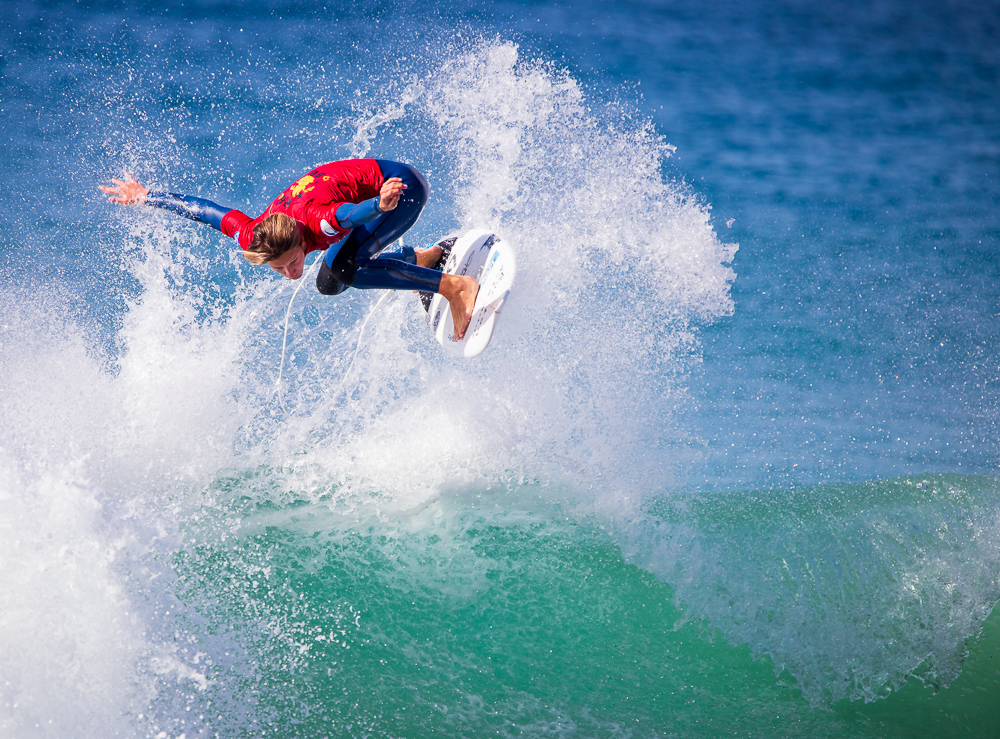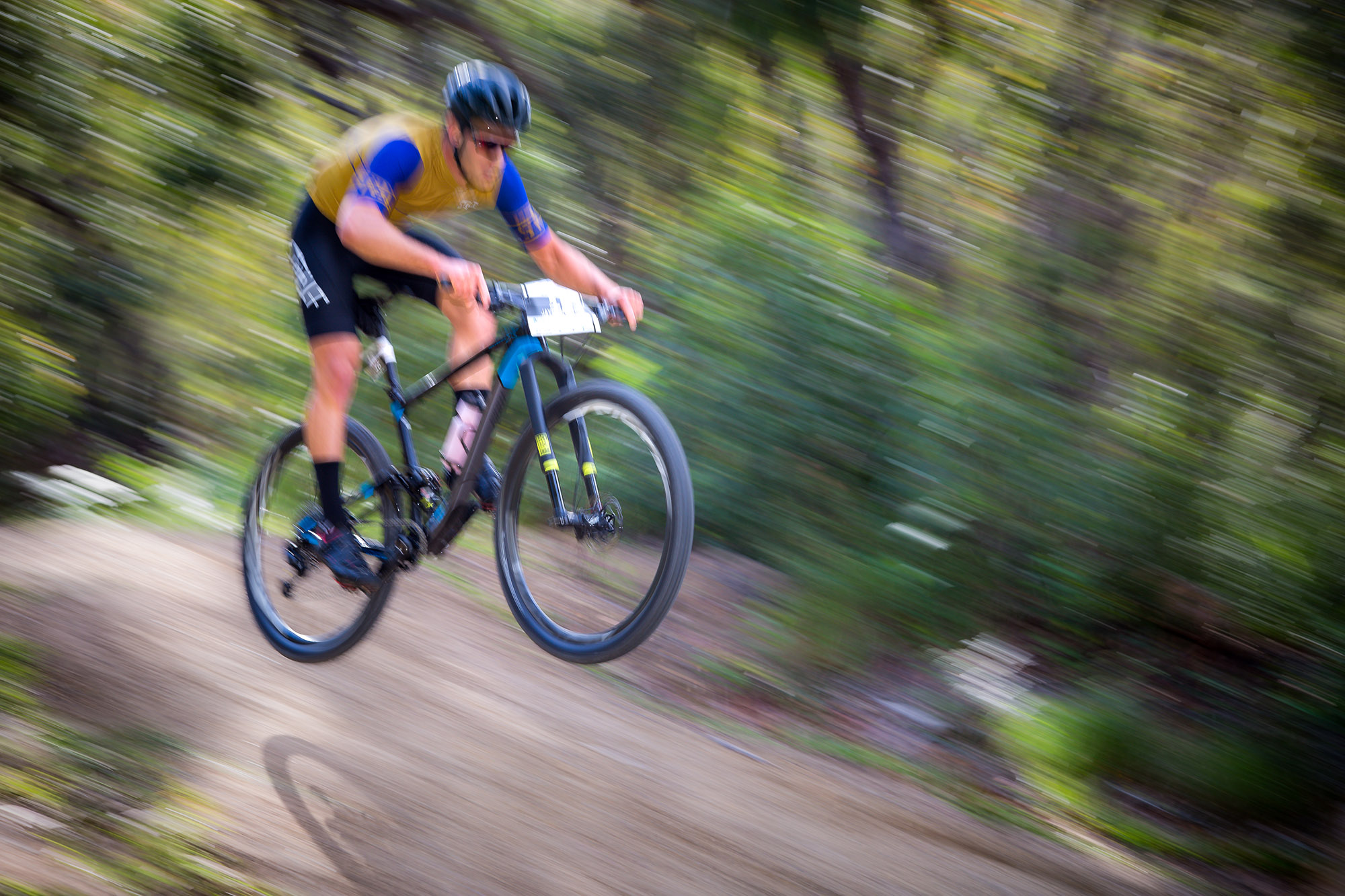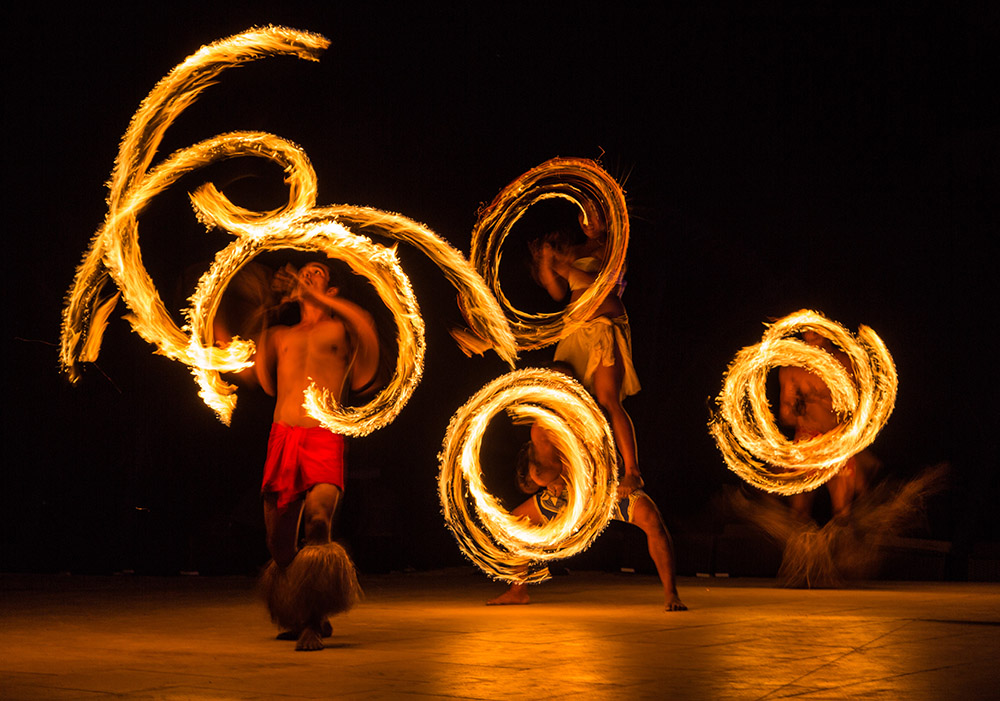How to avoid common shutter speed mistakes in your photography
Shutter speed can be a tricky thing in photography depending on what it is you’re trying to capture. You can go from accidental blur in images to those shots you’d like to add a bit of blur into intentionally. Maybe you want to show movement in your shot and end up with just a sharp capture of your subject.
Here are 3 of the common mistakes we make when choosing shutter speeds.
Surfer – shutter speed too slow
This is the most common shutter speed mistake photographers make… using a slower shutter speed with a longer lens. Here the photographer used a shutter speed of 1/400 sec which is pretty fast but combined with a 300mm lens on a crop-sensor camera (meaning the equivalent focal length of that lens is 450mm) it’s not enough to get a sharp image. Adding movement makes it even more difficult. My suggestion is to use “Brent’s shutter speed rule” which is 2x the focal length of the lens – so use 1/600 sec or faster shutter speed to avoid this mistake.
Shutter Speed Mistake 1: Are you struggling with images that are turning out too blurry?
When we find our images a bit more blurred than we want them to be it’s likely because of the choice of shutter speed. There is or can be a fine line between intentional camera movement, showing motion and shots that are just far too blurry.
If you want to show the motion or movement of someone or something moving, focus on your subject first, or focus on the area where your subject will be passing through. Then, find your subject and pan, follow them with your camera. Make sure you keep your shutter speed low enough to capture motion but not so low that your subject is also blurred. It is important to make sure your subject is kept in focus.
Make sure you checkout this in-depth article The Ultimate Guide to Shutter Speed in Photography.
Surfer aerial display – (very fast shutter speed to freeze action)
I captured this surfer at his peak – pulling off an aerial manoeuvre in a local surfing competition (King of the Box). Here I used a very fast shutter speed of 1/1600 sec to freeze the action, shot with a 500mm lens, hand held. Compare this image to the one above with the slower shutter speed – see the difference?
Shutter Speed Mistake 2: My subject is sharp and frozen in motion and I wanted to show the movement.
Once again, we are controlling the outcome of how our subject looks by our shutter speed. In this case, when you choose a shutter speed that is too high it freezes our subject and we lose all sense of motion in the shot. It takes practice to get this right. Experiment with this. Slow your shutter speed down until you see the amount of blur and motion you want.
Showing movement – using a slower shutter speed and panning
Here I used a slower shutter speed and a panning motion – following my subject as he jumped and got some air. The shutter speed I used was 1/60 sec on a 64mm lens. Capturing a shot like this requires a pre-focus point because my camera can not focus quick enough with a fast moving subject.
Shutter Speed Mistake 3: I’m not seeing enough movement or motion blur in my image.
In fear of overdoing it, sometimes we don’t quite shoot at a slow enough shutter speed to show the movement we want. This makes our image appear out of focus and we don’t get the result we were going for. It’s definitely a balance.
Practice. Practice. Practice. Keep trying different shutter speeds to get the effect you want. Change the settings in small increments until you see the desired effect. If it helps, write down the settings you use for each frame you shoot as you do it. Yes, you can check EXIF data after the fact but if you want to see what’s happening and how shutter speed is effected as you’re shooting, taking notes isn’t a bad idea.
Fire dancers – Fiji (slow shutter speed)
I love photographing performers and this show was spectacular. I decided to use a very slow shutter speed of 0.4 sec (almost half a second) to capture the fire twirling and movement made by these fire dancers. When photographing something like this make sure you set your camera to shutter priority mode and then experiment with different shutter speeds throughout the performance. So much fun!
Shutter Speed Mistake 4: Why are my images over-exposed?
This can be so easy to have happened. It’s also a very easy fix once we are aware of what can cause it. When we choose slower shutter speeds, that means we are letting more light in to expose the sensor (film). The slower it is the more light comes in.
Increasing the shutter speed is generally an easy fix for overexposure. If we are working on creating intentional blur images or showing motion, that doesn’t always work for us. There are things you can do instead, to keep the motion/blue in your image. You can lower your ISO which will let less light in. Reducing your aperture is another way to allow less light and create a bit darker exposures.
Keep practicing and experimenting. Pay attention to what your settings are and how they affect the outcome of your shots. Sure, you’ll end up with a lot of throwaway images but it’s all part of the learning process. Soon you’ll master shutter speed enough to avoid these common mistakes altogether.
The Ultimate Guide to Shutter Speed in Photography

Summary
- Images that are too blurry. Make sure to have your subject in focus if you are trying to show the motion of that subject as in a sporting event or automobile race.
- Not capturing any of the motion at all. If your shot looks like it’s frozen in time and you didn’t intend it to be that way, slow your shutter speed down until you are seeing the amount of blur or motion you want.
- Not enough movement. Adjust your shutter speed in small steps until you create the look you were looking for.
- Over-exposed images. Changing our shutter speed is usually our go-to fix for this, but when we want to create motion or blur that won’t work.
Related Articles
Did you enjoy this article? Check out these related articles, too:
- The Ultimate Guide to Shutter Speed in Photography
Shutter Speed and Photography: Everything You’ve Ever Wanted to Know - Shutter Speed in Photography (examples)
- Catch the Wave with Shutter Speed
How to use shutter speed to make water more appealing and exciting by capturing movement.
Do This Now
Please leave me a comment below – I’d love to know what you think. Brent




